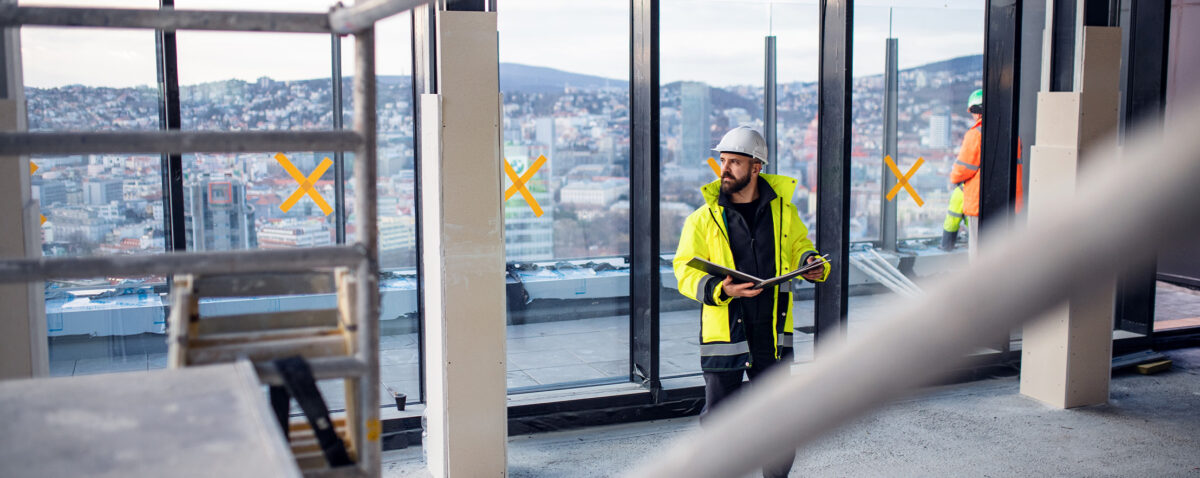Most of us already know, understand, and recognize the significant impact that technology has had on our lives. Engineers, scientists, and innovators are finding new ways to improve our quality of life through technological advances, and the construction industry is no exception. Recently, many engineers have been looking into ways to incorporate digital technology to increase the effectiveness of their processes, stay one step ahead of their competitors, and even improve safety through semi-automated or fully automated equipment.
Information in Real-Time and at your Fingertips
Previously, job site workers were tasked with logging and recording information from job sites with pen and paper, leading to a lag in transferring information or it getting lost in the shuffle. With everyone having access to mobile phones and tablets, even on job sites, there are several applications now available for construction workers to send and receive updates, data, and information.. The data that can be collected ranges from punch-in and punch-out times, which allows for significantly more accurate time sheets, to automated processes such as filling out legal forms and having them automatically sent to the next manager or a client for review and approval. The power of honing this data will continue to significantly improve the quality of information collected from job sites, allowing developers to provide better insights and information to their clients and reducing the impact of human error.
Reaching New Heights without the Added Risk
Several industries, such as the film and real estate industries, have been utilizing drones to allow them to see landscapes and other visuals from heights they would never have been able to before. In some parts of the country, customers can even receive their food delivery by a drone in remote areas. Drones help eliminate otherwise hazardous situations for humans. The construction industry is now starting to tap into this. Drones can be used to capture footage and pictures of buildings, allowing developers to see the job site without ever having to step foot on it. Additionally, they can perform surveys on buildings much quicker and with better accuracy than a person. Their images are so precise that they can be used to create 3D models and images of job sites. Drones can be a huge cost-saving method for construction companies.
Leaps in Designing and Modeling
With new advancements such as Building Information Modeling (BIM) software and 3D printing; engineers, designers, and developers can collaborate more easily and efficiently. BIM allows users to add their aspects and elements to building design within software instead of having to draw and re-draw specs on paper. Many developers combine virtual reality with BIM on much larger projects, including renovations and changes to the design so that developers can "walk through" the building and see what it would look like with those additional features. Additionally, as opposed to trying to envision a structure based on a 2D flat drawing, engineers can now visualize and hold their design through 3D printing to give them a much more accurate representation of the final result.
At Talisen, we always stay on top of industry trends and new ways to incorporate technology into our jobs to increase job safety, performance, and results. We are excited about what the future has in store and will continue to research the many ways that these technological advances are improving the quality of construction industry jobs.
Contact Talisen Today
When speaking to one of our project managers about your office renovation or commercial construction project, be sure to ask how we can help institute an air filtration system into your building plans.
